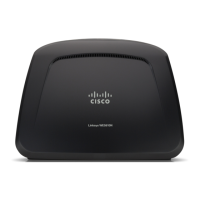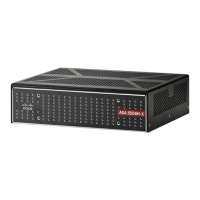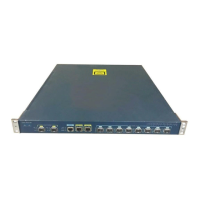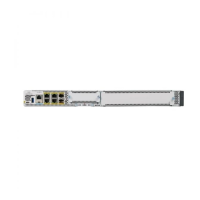Configuring VPN
Configuring SSL VPN for Browser-Based Remote Access
Cisco SA500 Series Security Appliances Administration Guide 162
7
STEP 5 In the SSL VPN Policy area, enter the following information:
• Apply Policy to: Choose to apply the policy to a Network Resource, an IP
address, an IP network, or All Addresses that are managed by the device.
Also complete the fields that are highlighted with white backgrounds.
• Policy Name: Enter a name to identify this policy.
NOTE If you create a policy with same name as that of any existing policy,
the newly policy overwrites the existing one.
• IP Address: If you chose IP Address or Network Resource in the Apply
Policy to field, enter the IP address of the device.
• Mask Length: If you chose IP Network in the Apply Policy to field, enter the
length of the subnet mask.
• Port Range / Port Number (Begin & End): Specify a port or a range of ports
to apply the policy to all TCP and UDP traffic with those ports. Leave the
fields empty to apply the policy to all traffic.
• Service: Choose VPN Tunnel, Port Forwarding, or All Services Defined.
• Defined Resources: Choose the services for a particular policy. This option
is available only for policies that are applied to a Network Resource.
• Permission: Choose either Permit or Deny for this policy.
STEP 6 Click Apply to save your settings.
NOTE Next steps:
Enable Remote Management (RMON), if you have not done so previously. If RMON
is disabled, SSL VPN access is blocked. See RMON (Remote Management),
page 197.

